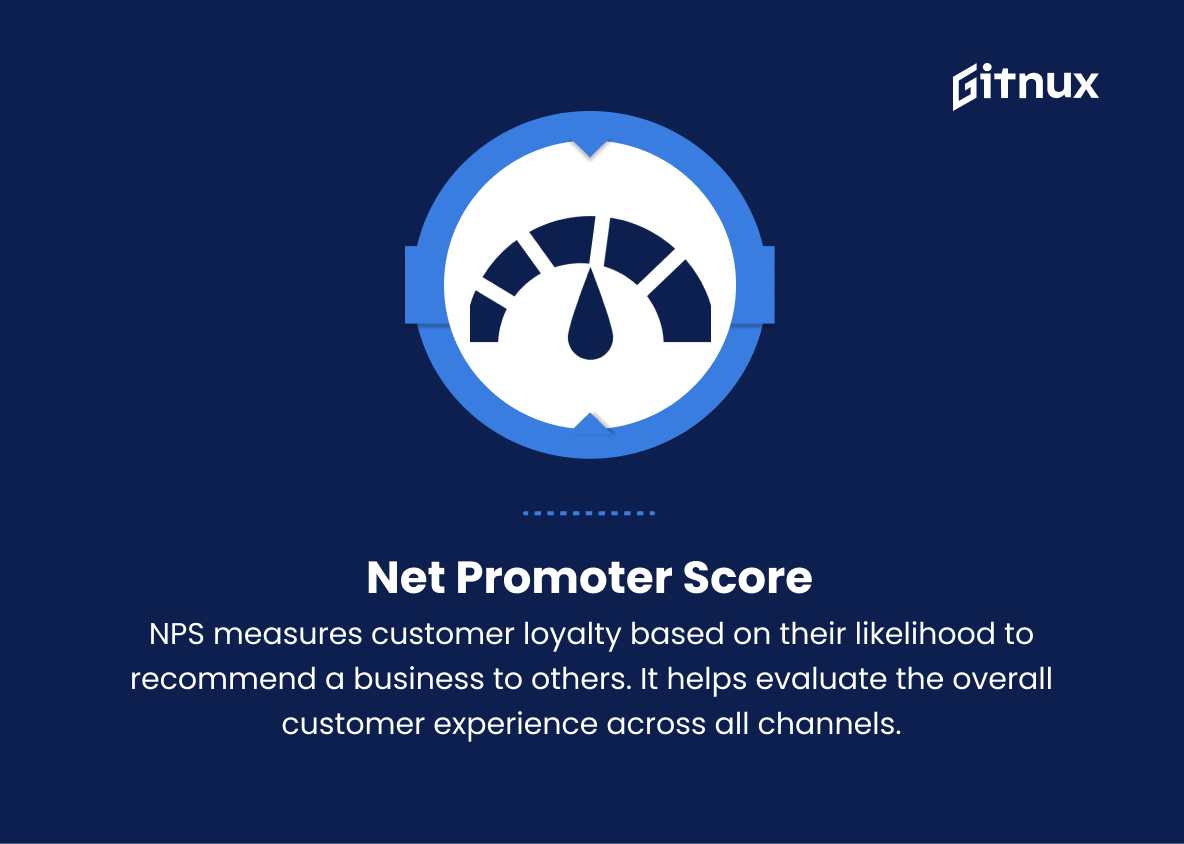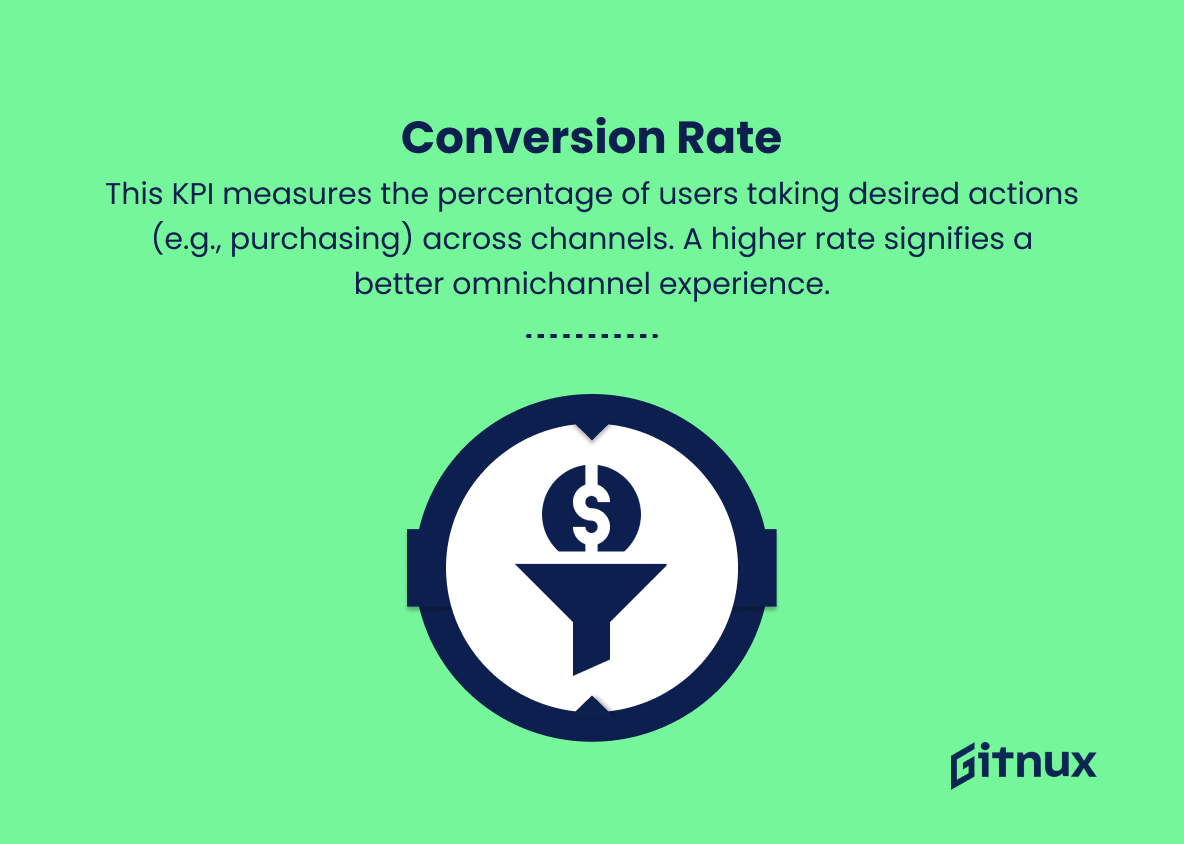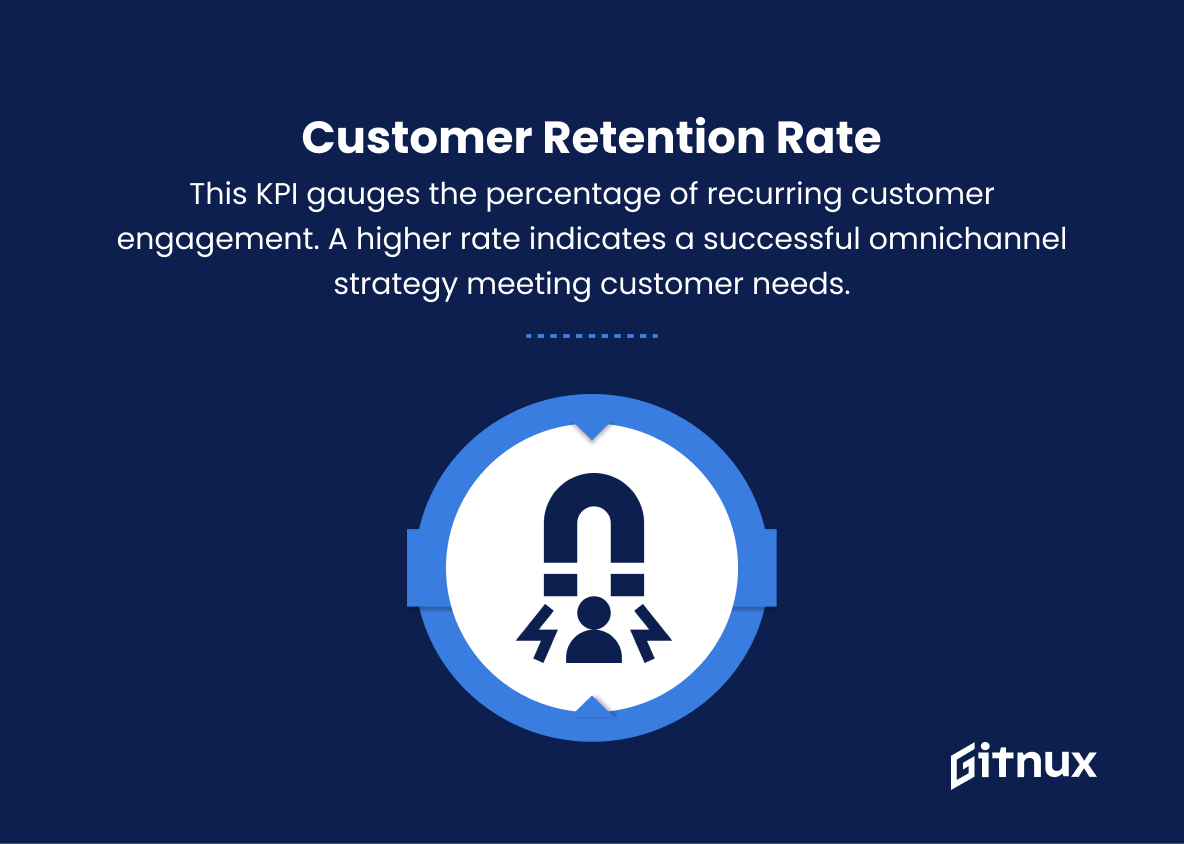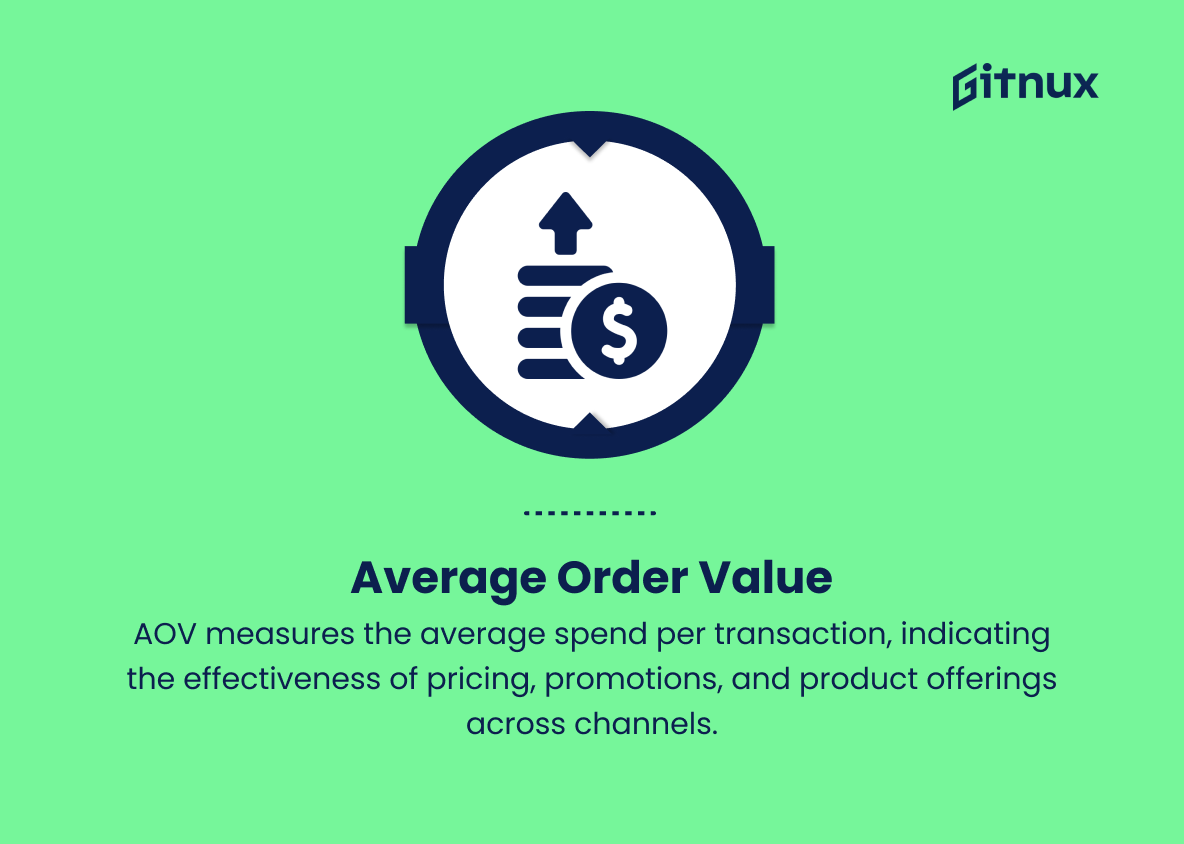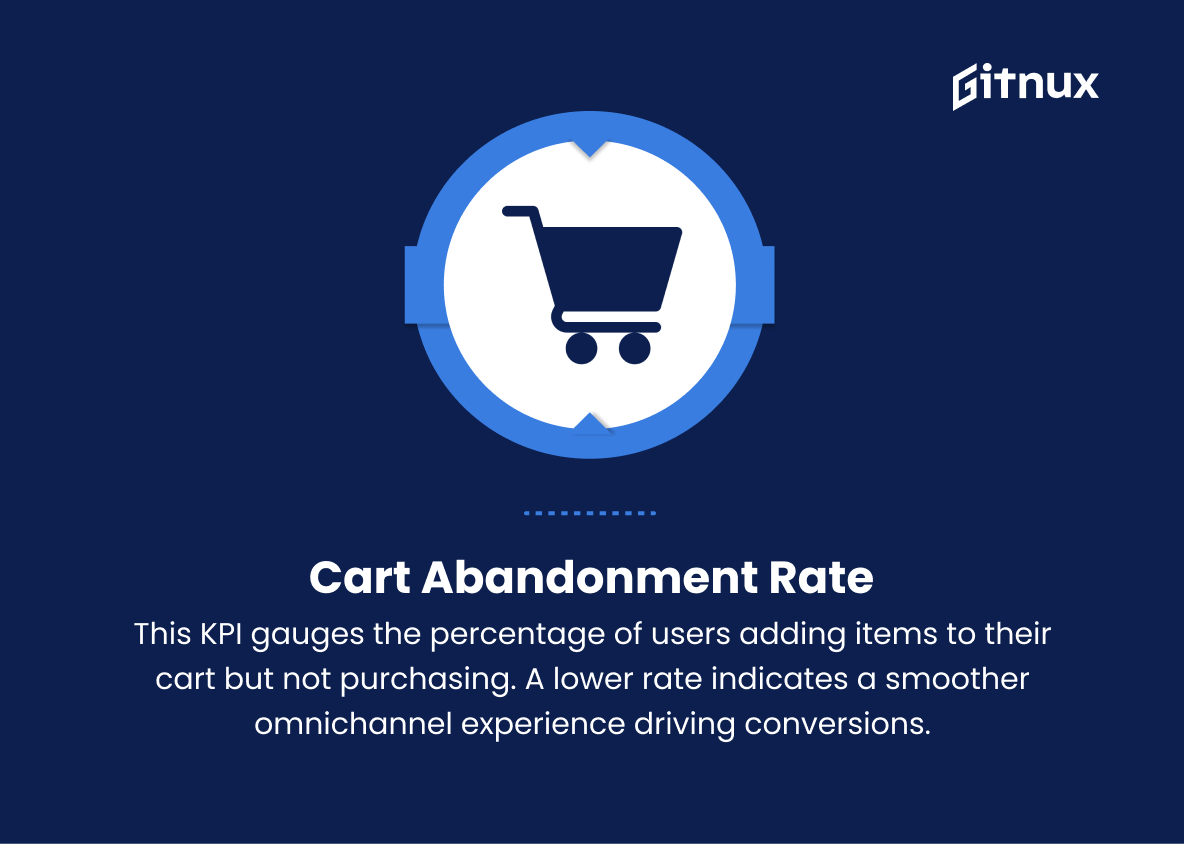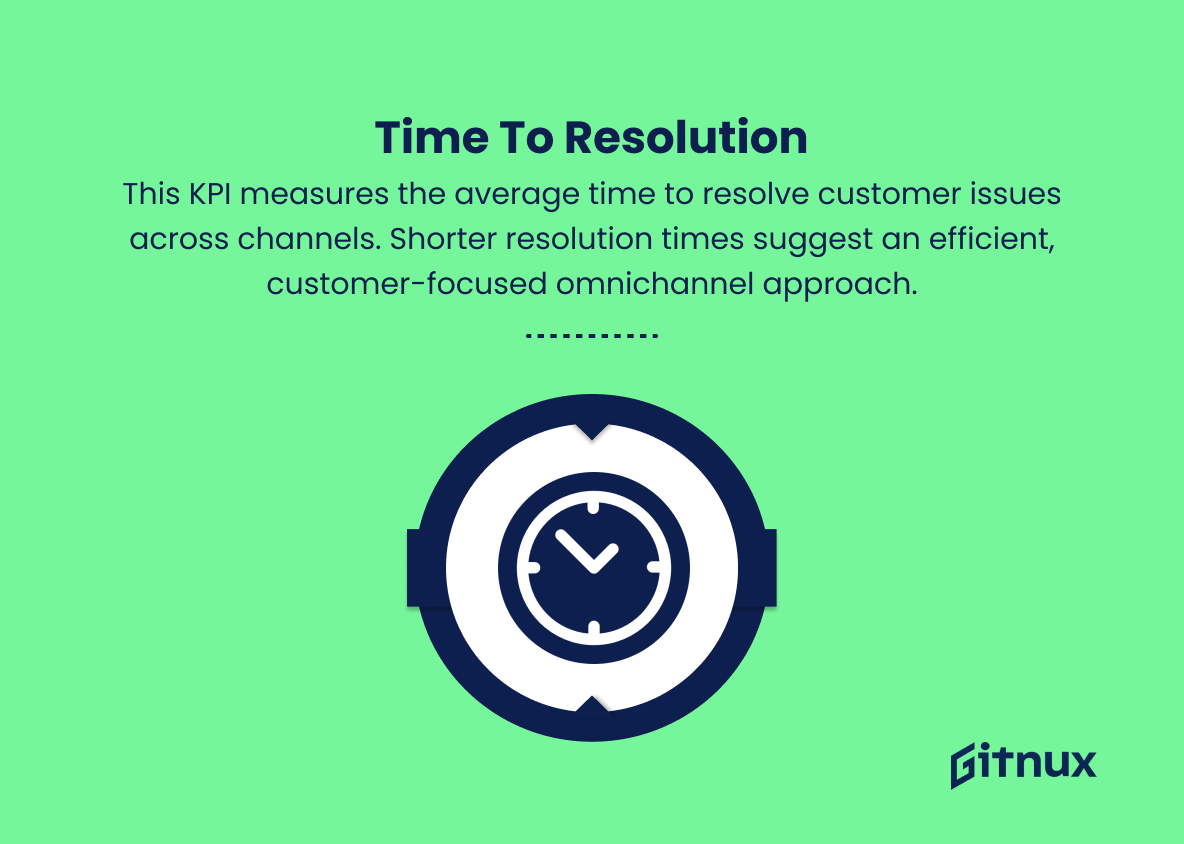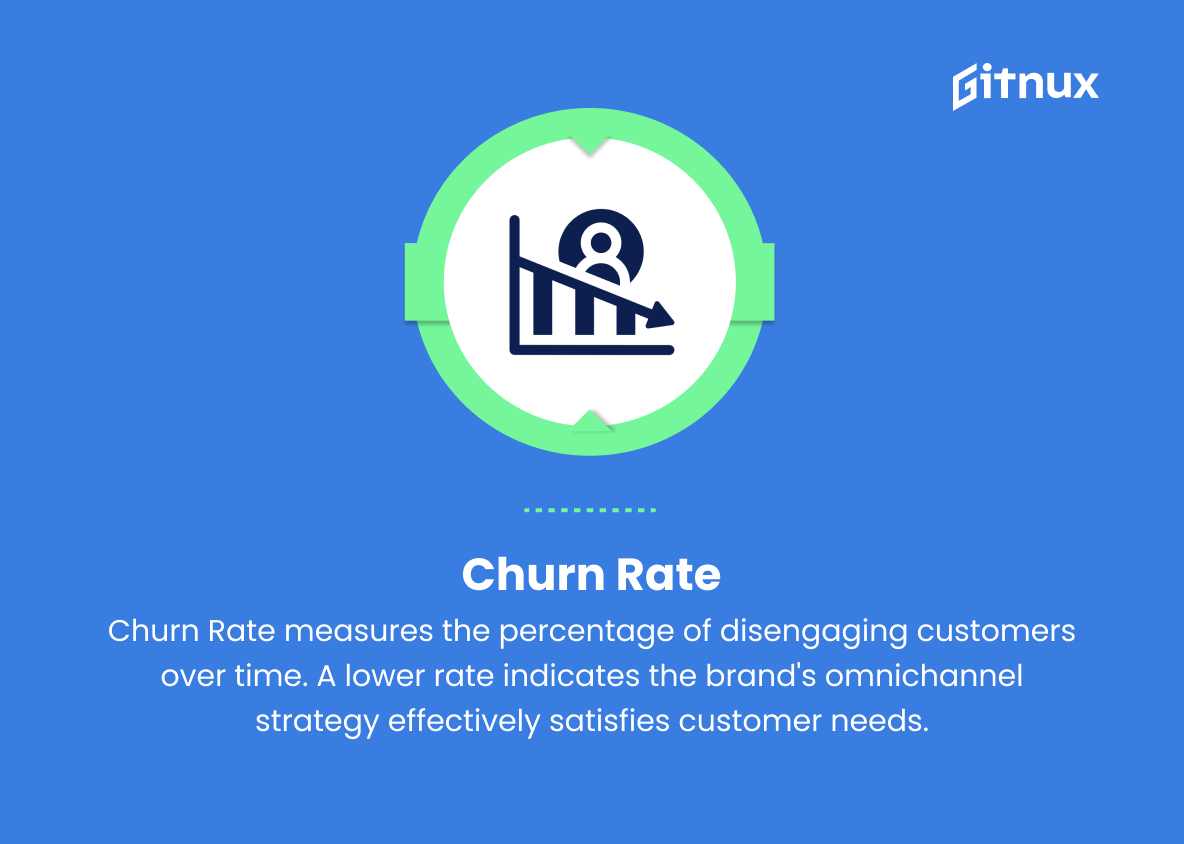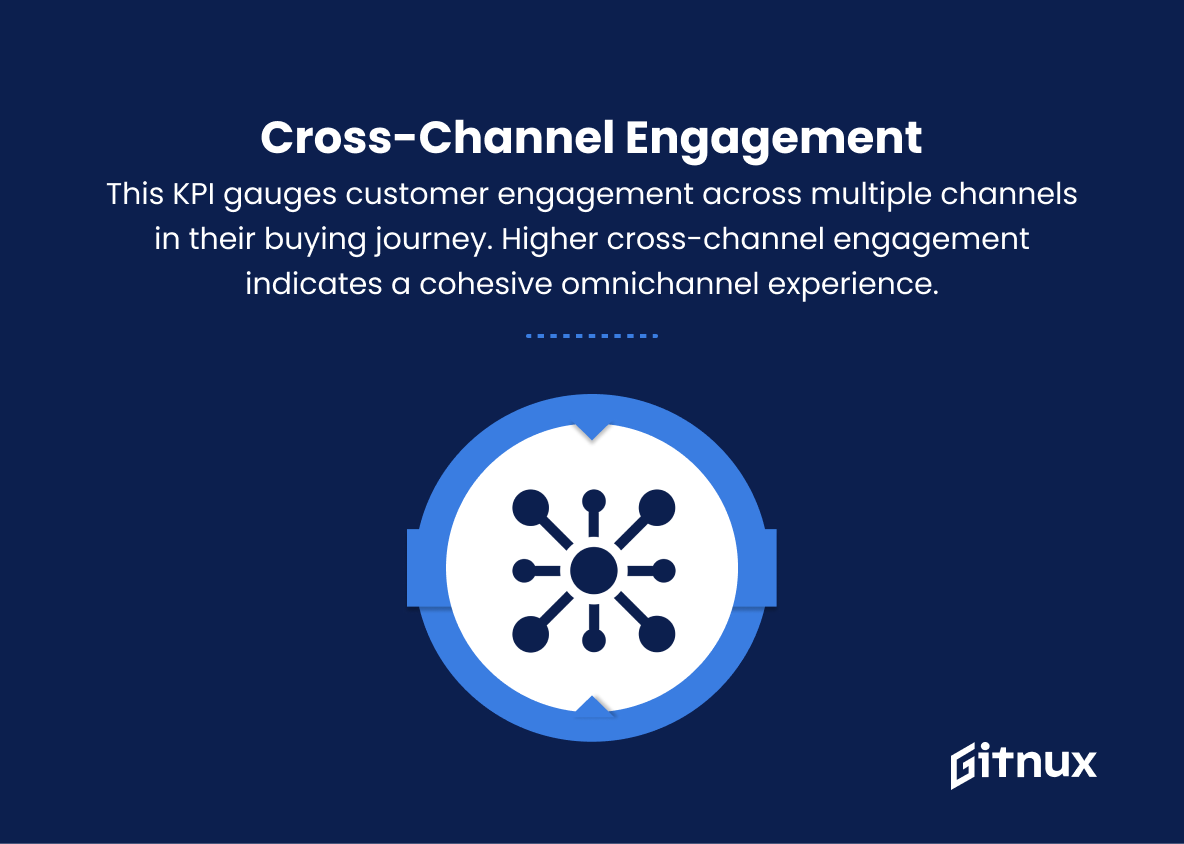In today’s rapidly evolving business landscape, the success of an organization hinges on its ability to adapt and stay ahead of the curve. One of the most fundamental aspects of this process is evaluating and optimizing a company’s performance across various channels. This is where the concept of omni-channel Key Performance Indicators (KPIs) comes into play. In this blog post, we will delve deep into the world of omni-channel KPIs, understanding their significance in driving an organization’s growth, and exploring the most crucial ones that businesses must track to ensure long-term success.
Whether you are a seasoned professional or just starting to dabble in the world of omni-channel marketing, this post will provide you with the insights and knowledge necessary to master the art of measuring your organization’s performance across multiple channels effectively.
Omni Channel KPIs You Should Know
1. Channel Attribution Rate
This KPI measures the percentage of total sales that can be attributed to each channel (online, offline, mobile, etc.). It helps businesses understand the effectiveness and contribution of each channel in driving overall sales.
2. Customer Retention Rate
This KPI indicates the percentage of customers who return to make a purchase across channels. It demonstrates the success of marketing efforts in retaining customers across multiple touchpoints.
Omni channel KPIs matter, as they provide valuable insights into the effectiveness and performance of a business’s multi-channel strategy.3. Cross-Channel Conversion Rate
Measures the proportion of customers who initiate their journey in one channel and complete it in another. It gives insights into the effectiveness of a seamless experience across various channels.
4. Average Order Value (AOV)
This KPI represents the average revenue generated per transaction across all channels. It can be used to analyze trends in customer spending and the effectiveness of cross-selling and upselling strategies.
5. Customer Lifetime Value (CLV)
This KPI estimates the total revenue a business can expect from a customer over the entire duration of their relationship. It is an essential metric for prioritizing customer acquisition and retention efforts across channels.
6. Customer Satisfaction Score (CSAT)
Measures the overall satisfaction of customers with their experiences across different channels. A high CSAT score indicates that customers are happy with the omnichannel experience provided by the business.
7. Net Promoter Score (NPS)
This KPI gauges customer loyalty by asking customers how likely they are to recommend the company to others. A high NPS score across channels indicates a positive omnichannel customer experience.
8. First-Contact Resolution Rate
This KPI measures the percentage of customer service inquiries resolved on the first contact across different channels. A high first-contact resolution rate signifies a comprehensive and accessible support system, resulting in more satisfied customers.
9. Inventory Turnover Ratio
This KPI shows the number of times a business sells and replenishes its inventory across all channels within a given time frame. A high inventory turnover ratio signifies effective demand forecasting and inventory management, contributing to better omnichannel performance.
10. Return on Investment (ROI)
This KPI indicates the profitability of the business’s omnichannel initiatives. It considers the cost of implementing and maintaining omnichannel strategies and the resulting increase in revenue. A high ROI suggests a successful omnichannel strategy that delivers value to both the business and its customers.
Channel Attribution Rate, for instance, demonstrates the contribution of each channel in driving overall sales, enabling businesses to optimize their marketing efforts effectively.11. Channel Profitability
Measures the profit generated by each channel, considering both revenue and the costs associated with maintaining and promoting that channel. It helps businesses allocate resources optimally across channels to maximize profitability.
12. Click-and-Collect Rate
This KPI reflects the percentage of online orders picked up in-store by customers. A high click-and-collect rate signifies a successful integration of online and offline channels, improving the customer experience.
Omni Channel KPIs Explained
Omni channel KPIs matter, as they provide valuable insights into the effectiveness and performance of a business’s multi-channel strategy. Channel Attribution Rate, for instance, demonstrates the contribution of each channel in driving overall sales, enabling businesses to optimize their marketing efforts effectively. Customer Retention Rate highlights the success of retaining customers across multiple touchpoints, while Cross-Channel Conversion Rate offers insights into a seamless experience across various channels.
Other KPIs, such as Average Order Value, Customer Lifetime Value, and Customer Satisfaction Score, help businesses analyze spending trends, prioritize customer acquisition, and measure overall satisfaction. Net Promoter Score gauges customer loyalty, and First-Contact Resolution Rate signifies the accessibility of a company’s support system. Inventory Turnover Ratio, Return on Investment, Channel Profitability, and Click-and-Collect Rate further assist businesses in optimizing their multi-channel strategies by reflecting effective demand forecasting, strategy profitability, resource allocation, and successful channel integration. Together, these KPIs ensure that businesses deliver a comprehensive and enjoyable omnichannel experience to their customers, driving long-term success and profitability.
Conclusion
In conclusion, omni-channel KPIs play a crucial role in optimizing the customer experience across various touchpoints while ensuring that your business maintains its competitive edge. By closely monitoring these metrics, businesses can identify key trends, gain valuable insights, and make actionable adjustments to their marketing strategies.
Strive for continuous improvement by focusing on the most relevant KPIs, and remember that consistently analyzing and refining your approach will ultimately lead to a more connected, engaging, and successful omni-channel experience for both your customers and your brand. Remember – the key to success in the ever-evolving world of retail lies in embracing a data-driven approach to omni-channel marketing.
